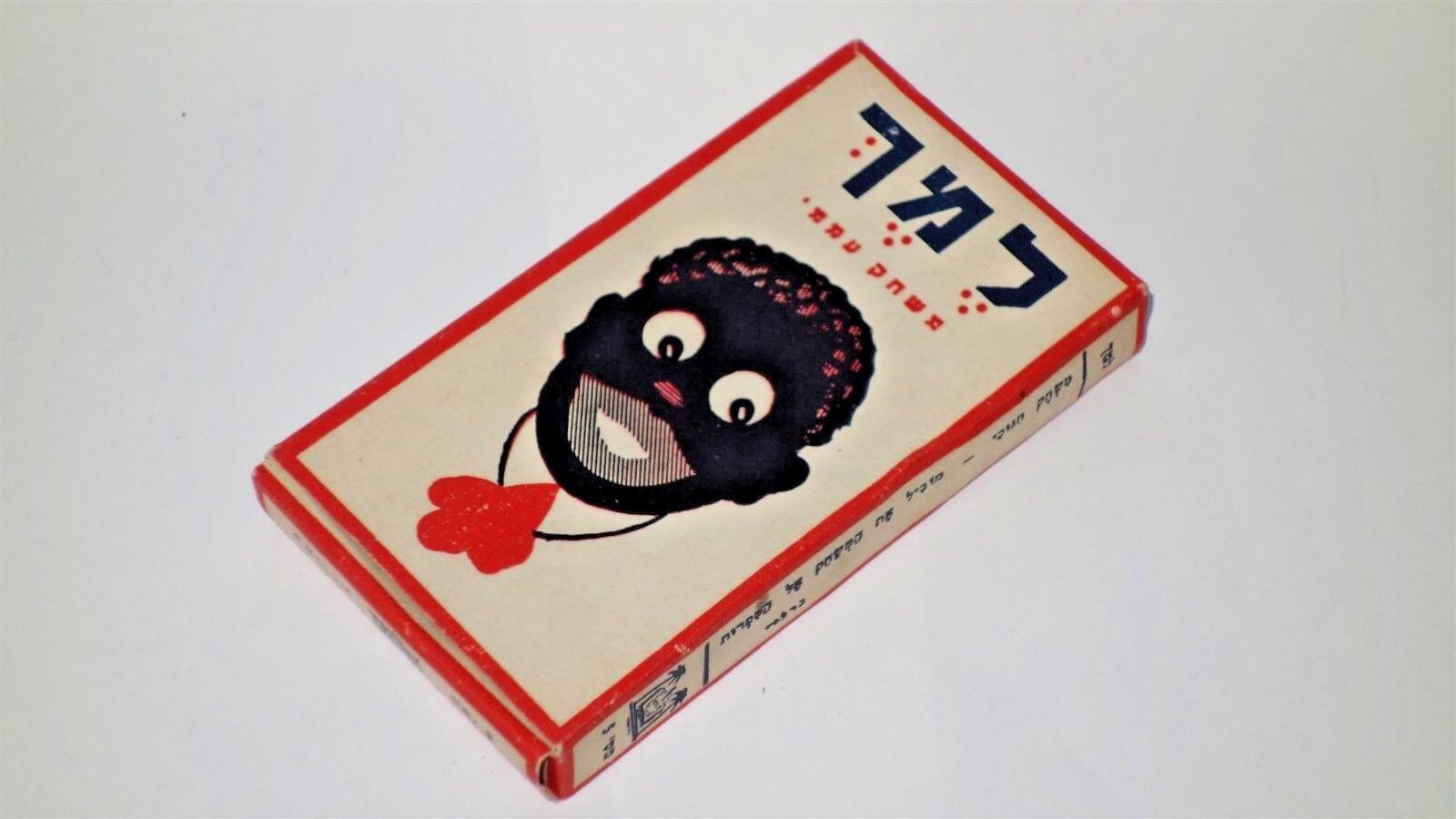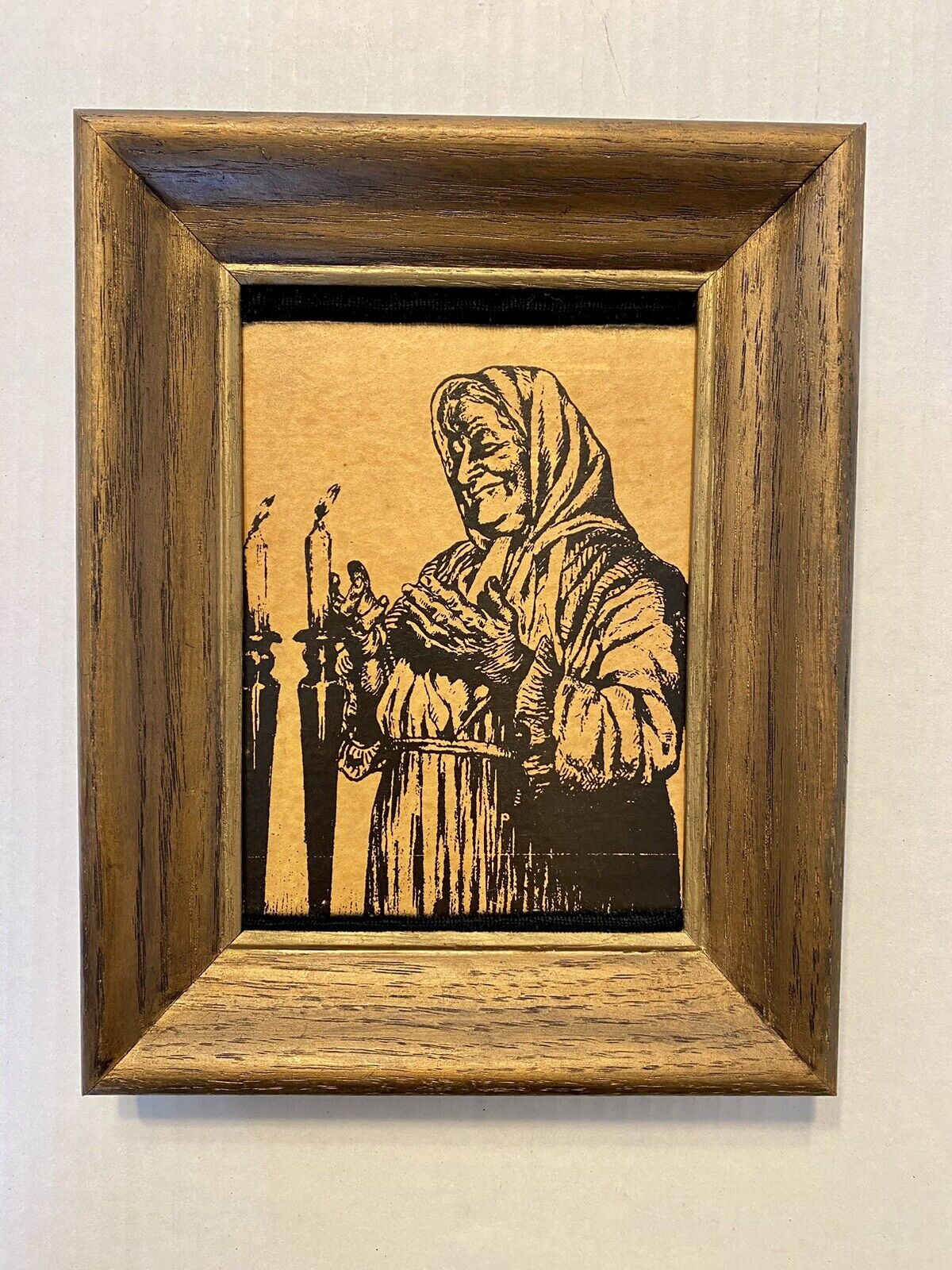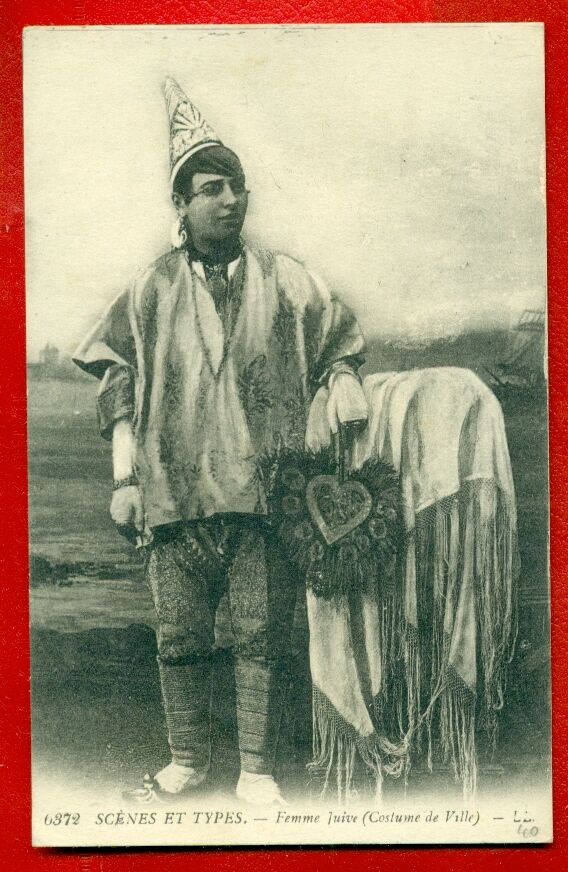-40%
Mesika & Sons Jerusalem Embossed Copper Wall Hanger The Grape and The Vine Motif
$ 23.73
- Description
- Size Guide
Description
Mesika & Sons Jerusalem Embossed Copper Wall Hanger The Grape and the Vine MotifApprox. 14" x 11"
Ready to Hang
The Grape and the Vine: A Motif in Contemporary Jewish Textiles
Grapes and grapevines are prominent motifs in the vast range of Jewish art dating back to Antiquity. In recent decades, there has been growing interest in creating contemporary Jewish ceremonial textiles for the home and synagogue, as well as textile art on Jewish themes. The grape and vine motif have often been included in these new works. A brief survey of Jewish sources: Grapes and wine are highly important symbols in Jewish tradition and ritual and date back to the 1st century. A magnificent golden vine that hung over the inner portal of the Second Temple was described by Josephus and the Mishnah.! The Hasmoneans and Bar Kochba followers struck a cluster of grapes on their victory coins as a symbol of the fertility of the country. This same emblem appears slightly later as a decoration in mosaic floors of synagogues.2 In literature of the period, the vine is prominent as a Messianic symbol (Enoch, 32:4). There is a suggestion that the fruit of the Tree of Wisdom was like bunches of grapes on a vine. Noah planted a vine after the Flood. The importance of the vine is attested to by the Bible's many synonyms for its branches: baddim, banot, daliyyot, zalzallim, zemorah, hoter, yonek, kannah, matteh, netishot nezer, anat, porah, kezirim, shelalot, sarigun and sorek. Over 40 expressions connected with viticulture are mentioned in the Bible and Talmudic literature. The vine is a symbol of the Tree of Life and has been used to represent Jerusalem and the Torah. The Tree of Life played an important role in depicting the written law, the Torah and the Ten Commandments.
Gabriel Mesika & Sons
handcraft art shop specializing in handmade copper, brass and silver plated articles and jewelry. The shop belongs to a Jewish family from Lybia who opened it in 1949 and have continued the traditional craftsmanship till today.











